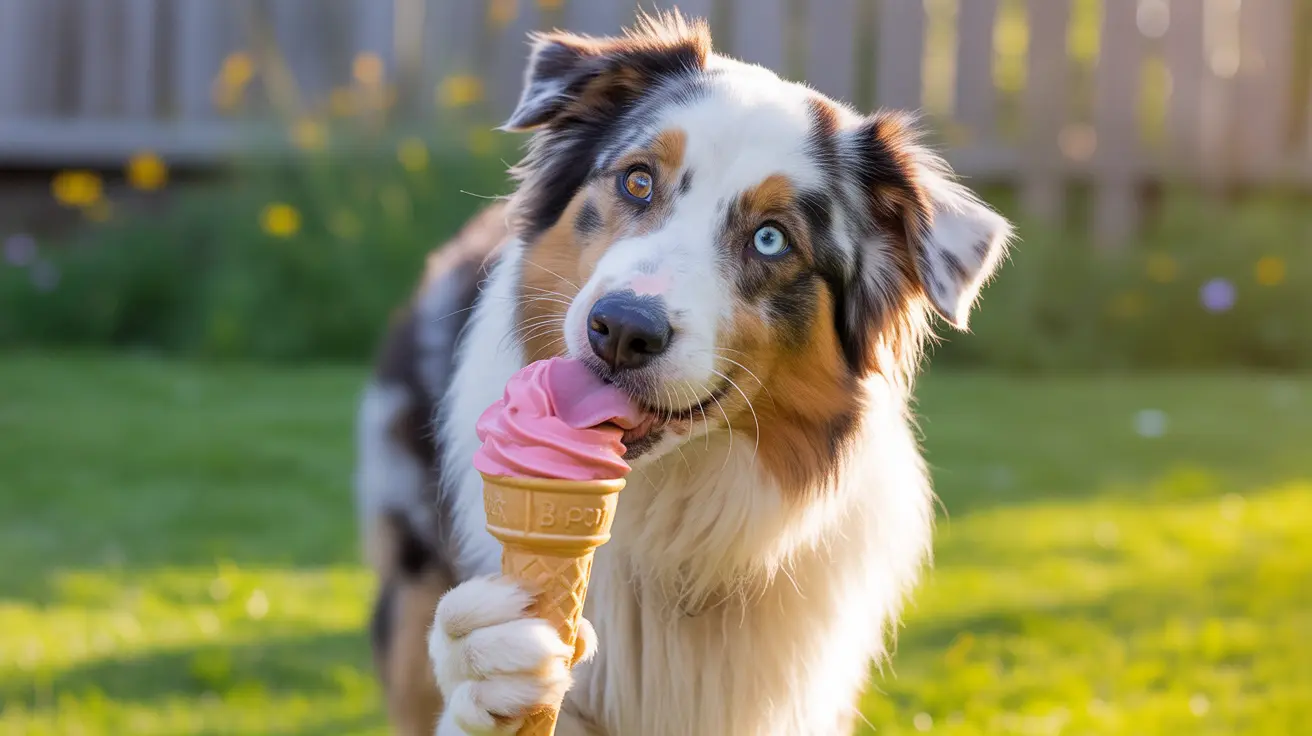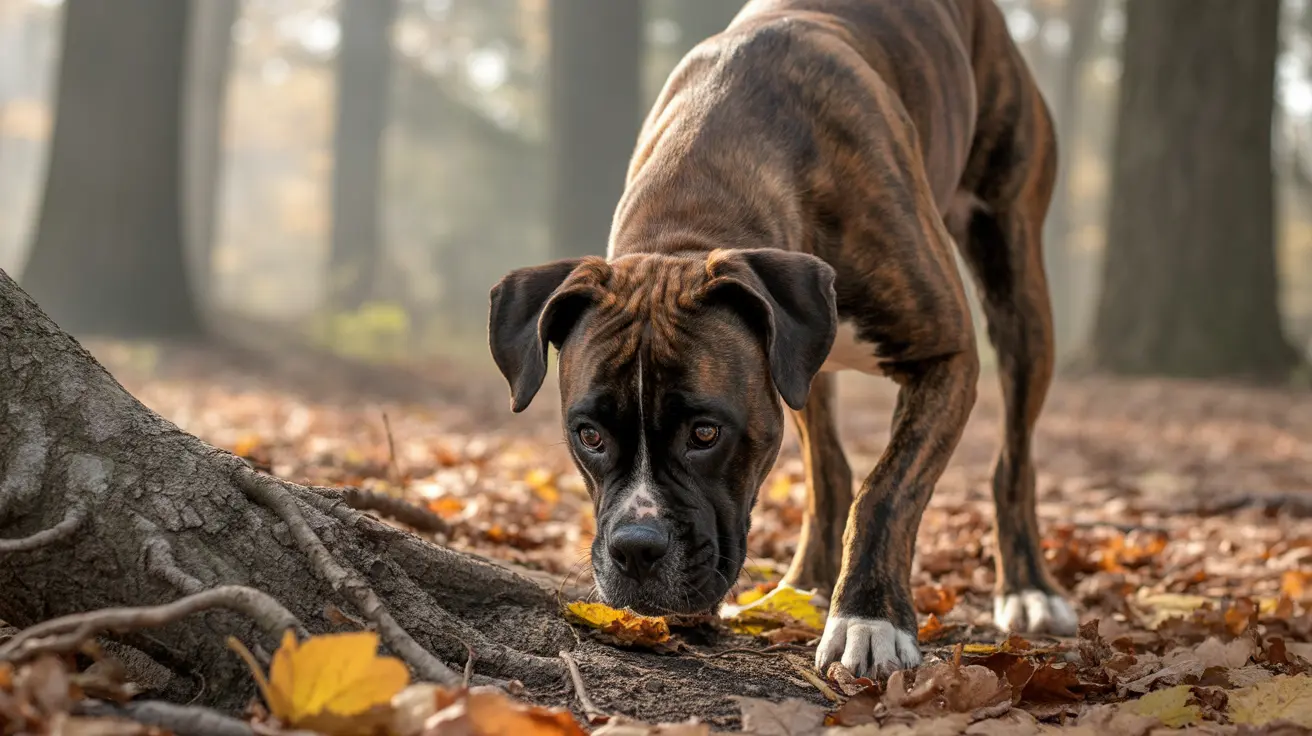Why Your Dog Sits on You: Comfort, Affection, or Control?
When your dog climbs into your lap or sits squarely on your chest, you might wonder: is this a show of affection or an act of dominance? The answer lies in understanding canine behavior. Most often, the behavior stems from instinctual needs for closeness and reassurance—not from a desire to control or compete with humans.
1. Seeking Comfort and Security
Dogs are social animals, and close physical contact provides a sense of safety. When your dog was a puppy, it experienced warmth and closeness with its mother and littermates. Carrying those same instincts into adulthood, it may seek out your lap or body to replicate that comforting sensation, especially during stressful times such as fireworks or thunderstorms.
- Warmth and physical touch help reduce canine anxiety.
- Sitting on a trusted human can be calming and reassuring.
- This behavior often intensifies during emotionally charged moments.
2. Emotional Bonding and Affection
Sitting on you might also just be your dog showing love and attachment. Many breeds naturally crave closeness and may prefer perching in your lap to express affection. From tiny lapdogs to giant gentle breeds, physical proximity is an essential way dogs bond with their humans.
- Chihuahuas, Maltese, Labradors, and Great Danes are known for seeking human contact.
- Lap-sitting strengthens the dog-human connection over time.
3. Learned and Reinforced Behavior
If your dog has gotten cuddles or treats after sitting on you, it has likely learned this behavior brings good things. Dogs are quick to repeat actions that yield positive reinforcement, such as petting, attention, or play.
- Behaviors followed by rewards are repeated.
- Snuggles or treats after lap-sitting reinforce the habit.
- Over time, it becomes a go-to behavior to seek interaction.
4. Marking Territory or Spreading Scent
Dogs have scent glands on various parts of their bodies. By sitting on you, they may be engaging in natural territory marking. This can serve as a subtle (or not-so-subtle) way of saying, “This person is mine,” especially if there are other pets in the home or new animals have visited recently.
- This behavior is more common in multi-pet households.
- It’s a way to spread individual scent and feel secure.
5. Separation Anxiety and Clinginess
Dogs who dislike being left alone or feel insecure may exhibit separation anxiety. Sitting on you may be their attempt to stay close and avoid being apart. Accompanying signs can include whimpering, destructive behavior, or refusal to leave your side.
- Sitting close is a comforting response to stress.
- Sudden clinginess might signal emotional or physical issues.
6. Breed Disposition
Certain breeds are naturally predisposed to being tactile and prefer physical closeness. For example:
- Bernese Mountain Dogs and Vizslas are known for lap-sitting tendencies.
- These dogs thrive on companionship and touch.
7. Possible Signs of Dominance
In some rare cases, especially in multi-pet households, sitting on you might be associated with dominance or resource guarding. This can be assessed if the behavior is accompanied by growling, barking at other animals, or possessiveness.
- This behavior is rare and usually accompanied by other signs.
- If aggression occurs, seek professional evaluation.
8. Temperature Regulation
Dogs may sit on you either for warmth in colder weather or because bodily contact helps regulate their temperature. Short-haired or smaller dogs are more likely to exhibit this behavior in chillier months.
9. Initiating Play or Attention
Sometimes getting into your lap or sitting on you is your dog’s way of saying, “Play with me!” Dogs may do this when you're seated or in a position they associate with interaction.
- Bored or under-stimulated dogs seek engagement this way.
- Lap-sitting may be a request for playtime or cuddles.
10. Managing the Behavior
While many pet owners enjoy a cuddly companion, if this behavior becomes a nuisance or if you prefer boundaries, it’s possible to redirect it. Training alternatives can include:
- Leading your dog to a designated spot like a bed or mat.
- Consistently rewarding calm behavior away from your lap.
- Avoiding inadvertently encouraging the behavior with treats or attention.
If your dog suddenly exhibits clingy or possessive behavior, it’s essential to rule out underlying health or emotional issues. A consultation with a veterinarian or animal behaviorist can provide clarity.
In Summary
Dogs sit on their owners for many reasons, ranging from affection, comfort, temperament, learned behavior, scent marking, to occasional signs of dominance. In most cases, it’s a harmless and heartwarming gesture rooted in the deep bond between dog and human. Understanding your individual dog’s personality, context, and body language will help you determine the motive and manage the behavior appropriately.





